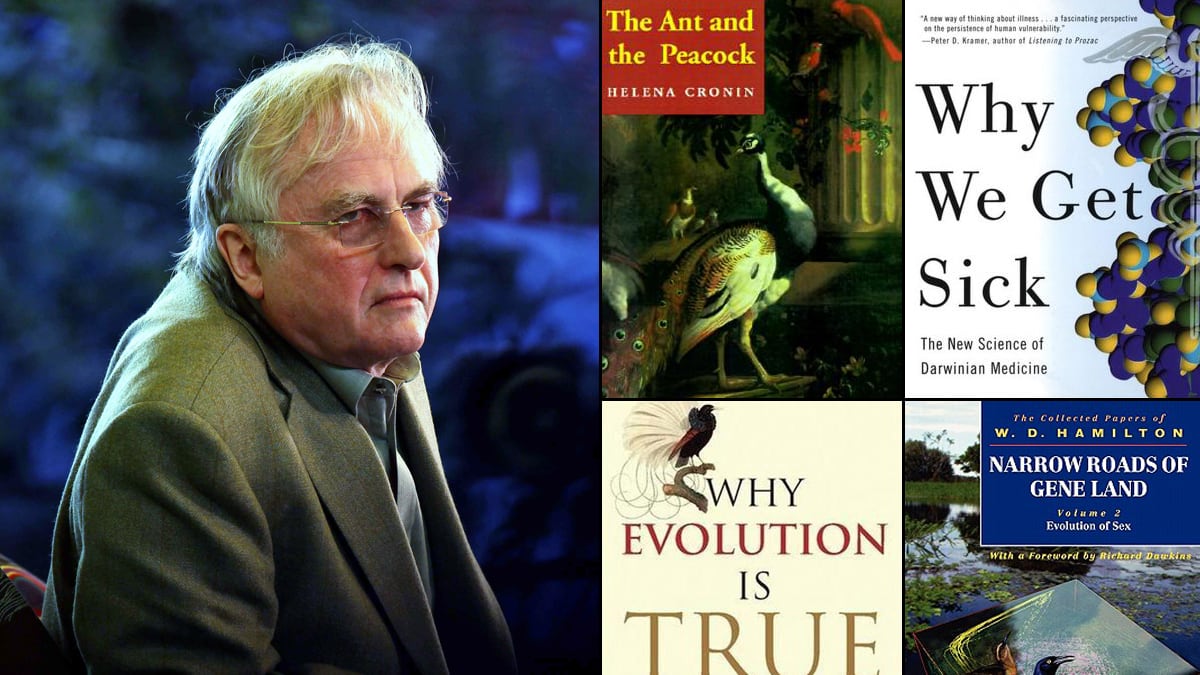Richard Dawkins takes no prisoners. The evolutionary biologist has been called Darwin’s Rottweiler for his ferocious defense of evolutionary theory; his opponents are “squelched, pulverised, annihilated, rendered into suitably primordial paste.” But Dawkins is as adept an explainer as he is a combatant. The Magic of Reality, newly out in paperback, is a sort of love letter to the sense of wonder that nature can inspire. The world contains no supernatural magic, and our minds play tricks on us when we experience stage magic. But the science can produce poetic magic, a respect that moves us to tears. He goes about paying tribute to some of the countless ways that the natural world instills awe in us.
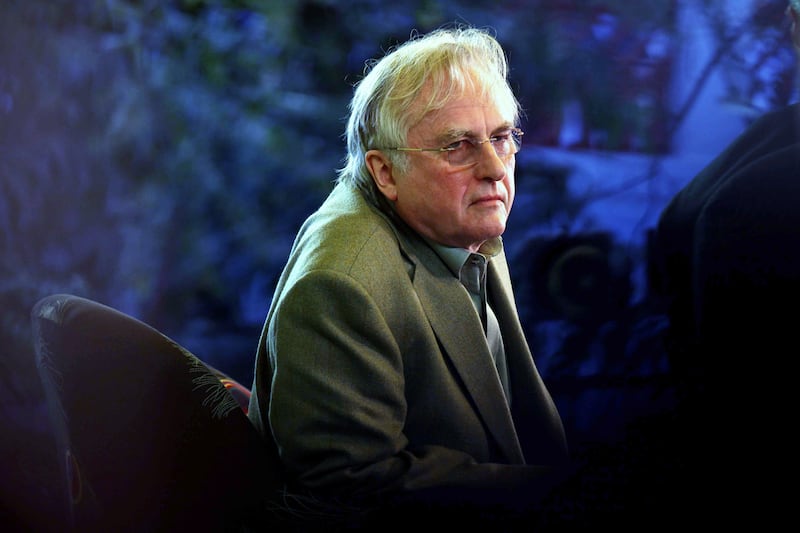
His first book, The Selfish Gene, sparked a renaissance in science writing and popularized the gene-centered view of evolution (the view that genes use individuals to replicate and spread, rather than visa versa). Humans and all other living things, Dawkins argued, are in a way the machines that genes make to survive and reproduce, though that does not make us slaves to genes—genes provide the blueprint, but then largely leaves us alone. The Selfish Gene also introduced the term “meme” to describe cultural phenomena that, like genes, use humans to propagate themselves through a process of natural selection.
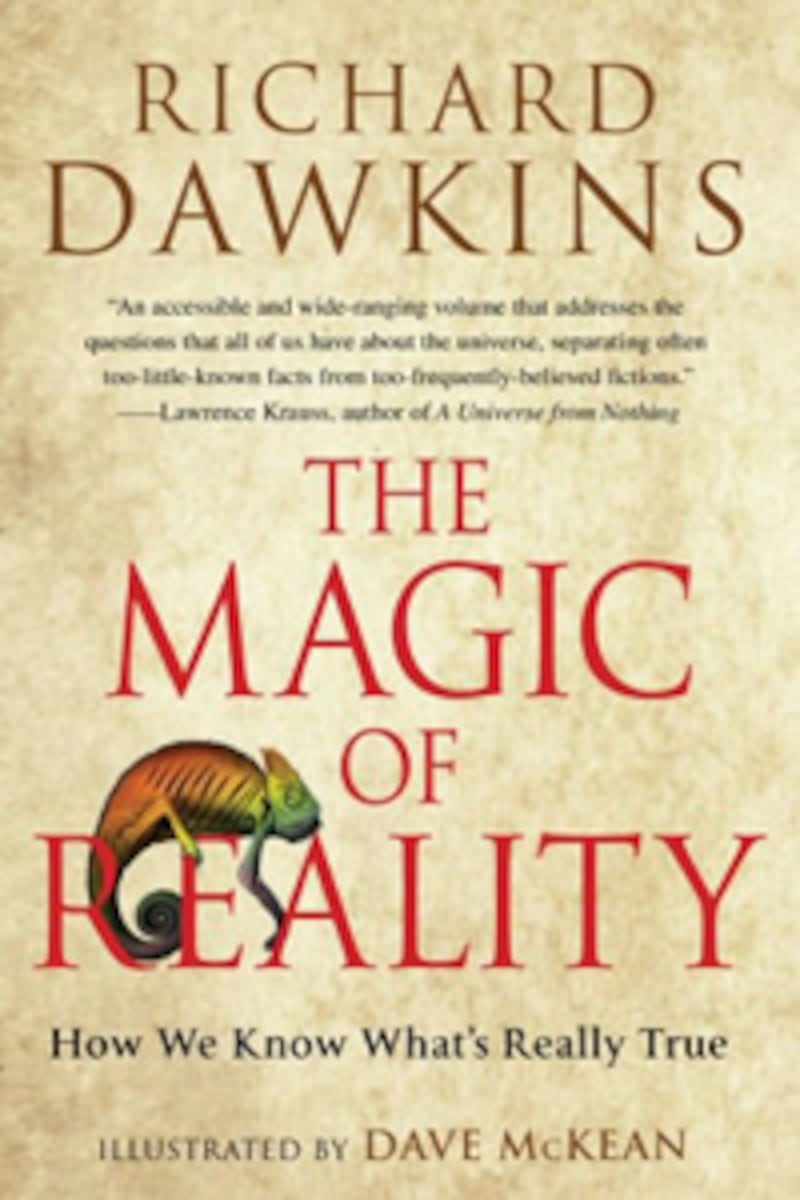
One meme Dawkins is unhappy to see thriving is religion. He’s fought against religion in his 2006 bestseller The God Delusion, in articles, in lectures, and in ads on the sides of buses.
In The Greatest Show on Earth, Dawkins returns to evolutionary biology. The subtitle is The Evidence For Evolution, and he doesn’t hesitate to needle theists when the opportunity presents itself. He draws evidence from genetics, geography, paleontology, anatomy, and elsewhere. What does Dawkins read in his spare time? I spoke with him about his favorite books on evolution.
Why Evolution is TrueBy Jerry Coyne
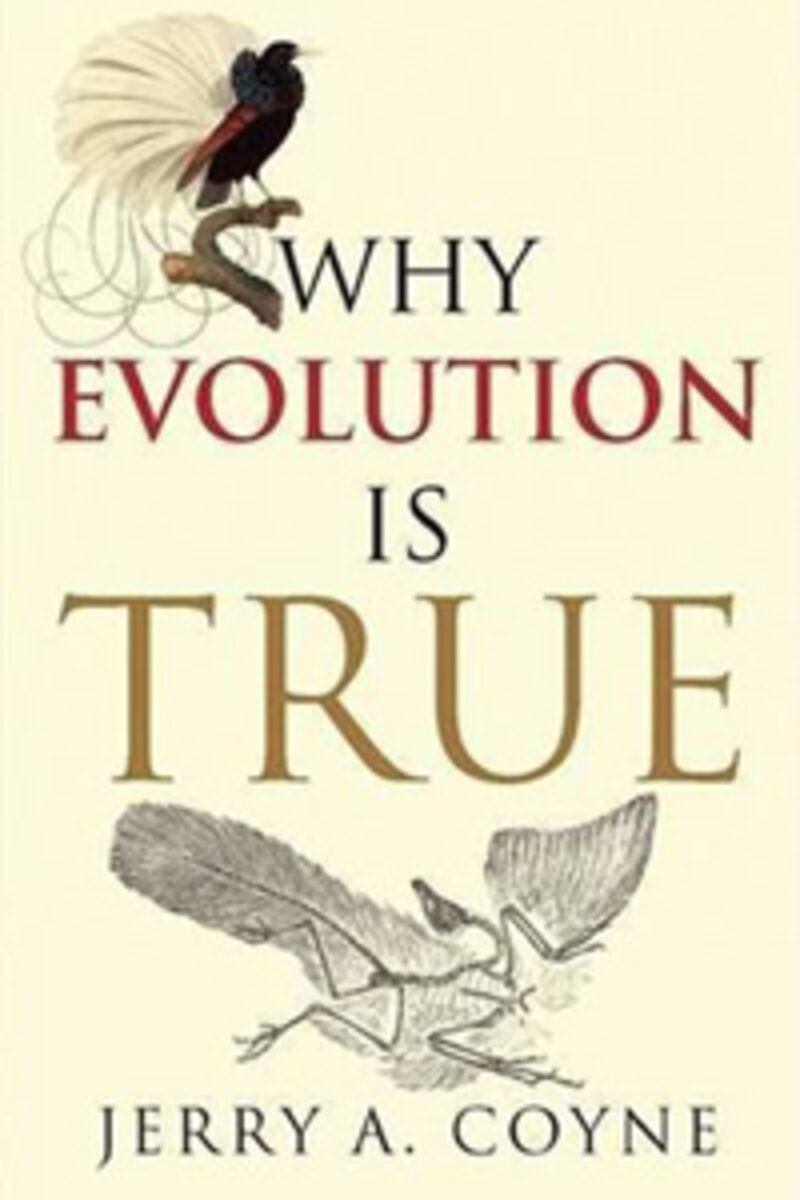
The Origin of Species, Dawkins says, should be taken for granted as the must-read of evolution. Coyne, an evolutionary geneticist at the University of Chicago, marshals the evidence in favor of the “fact” (not “theory”) of evolution. “His book is extremely clear, very well written, and lays out the evidence in a way that, well, if you read it, only an idiot could fail to end up believing in evolution,” Dawkins says.
The book is similar to The Greatest Show on Earth, and even came out the same year. Each author knew the other was working on a book about the evidence for evolution, but they avoided talking about it until they were finished. Was he surprised by any differences between the two? “I suppose it’s inevitable that there’d be similarities—the best evidence is the best evidence. But I learned some things from his book that I hadn’t put in mine, like the fascinating fact that the genes for having a good sense of smell, which are present in a dog, are in us as well. It’s just that they’ve been turned off. Which is a fascinating vestige of an evolutionary past when our ancestors would have had a much better sense of smell.”
The Ant and the Peacock By Helena Cronin
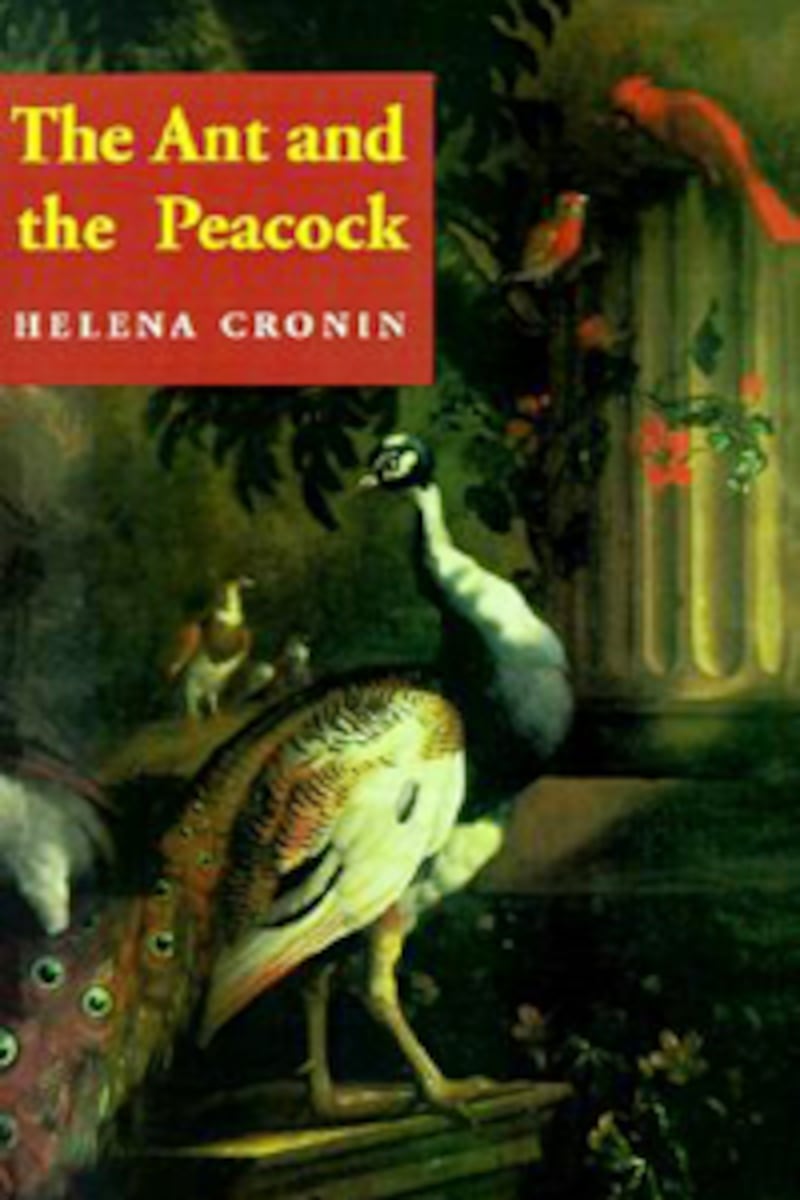
Darwin had been working on his theory of evolution by natural selection for over a decade when he got a letter from Alfred Russell Wallace outlining almost the identical idea. “It’s a very nice gentlemanly story,” Dawkins says. “They didn’t quarrel over it, and papers by the two of them were simultaneously read in London. But that’s not what The Ant and the Peacock is about.” The Ant and the Peacock is about two disagreements between Darwin and Wallace: altruism and sexual selection.
The original theory of natural selection had a hard time making sense of seemingly selfless cooperation, like the ones found among female worker ants, who works for the hive without the possibility of producing her own offspring. Similarly, seemingly counter-productive traits like the peacock’s gaudy tail present a problem for the theory. Why would it be advantageous to have a tail that’s basically a waving flag for predators? Darwin thought flamboyant ornamentation like the peacock’s tail was the result of sexual selection—peahens prefer males with flamboyant tails—while Wallace thought sexual selection couldn’t influence evolution. On the disagreement, Wallace thought natural selection couldn’t explain altruism, and Darwin thought it could.
Cronin, who is both a philosopher at the London School of Economics and a researcher in the zoology department at the University of Oxford, traces the disagreement to the present day. “You can find modern evolutionary theorists whom you could call Wallacians and modern evolutionary theorists whom you could call Darwinians,” Dawkins says. “It’s a book on the history of ideas showing how a divergence that began in the 19th century persists even to this day, and it’s a beautifully written book.”
Why We Get Sick: The New Science of Darwinian MedicineBy Randolph Nesse and George C. Williams
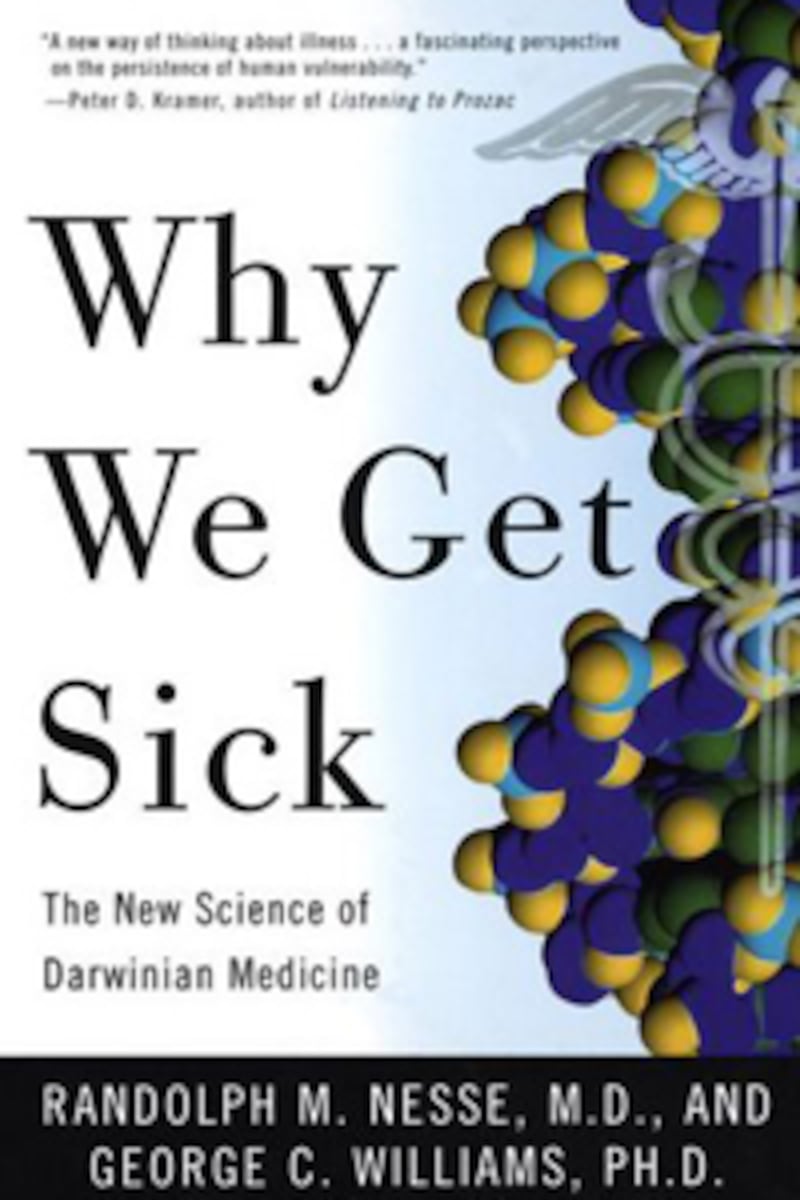
Williams is an evolutionary biologist, and Nesse is a psychiatrist. This book uses Darwinian evolution to explain phenomena like the decrease of appetite during a fever. Dawkins thinks all doctors ought to read the book. “They know a lot about medicine, know a lot about anatomy, know a lot about physiology, but don’t know much about Darwinian natural selection,” Dawkins says. How does evolution impacts health and the human body? “What Nesse and Williams do is show how much wisdom doctors can get if they know about natural selection. It really would revolutionize how they approach their subject.” Doctors “who think they know why we get sick” shouldn’t be put off by the title, because the book has a lot to teach them. In England, the book goes by the title of Evolution and Healing, because “sick” in England refers specifically to nausea, but it makes it sound like “new-agey, Prince Charles kind of rubbish,” which it isn’t. “The book really should have been called by its subtitle.”
Splendid IsolationBy George Gaylord Simpson
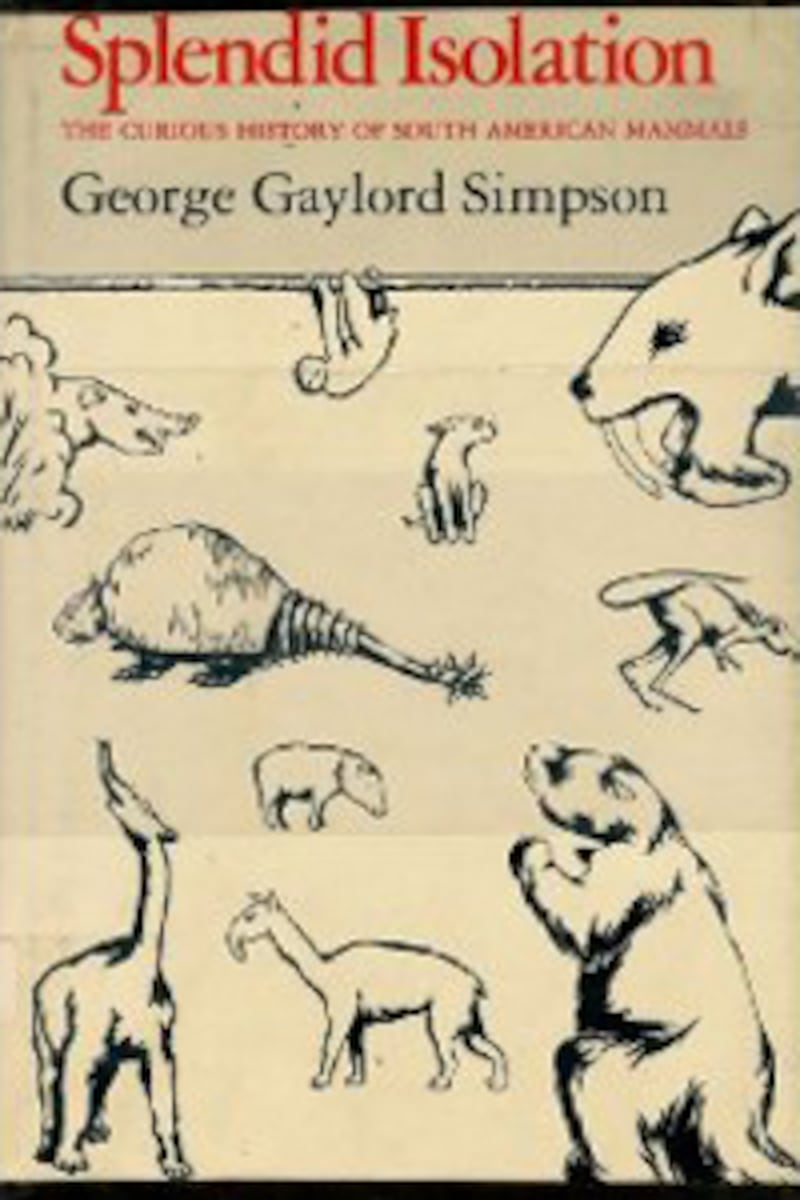
This is a paleontologist’s account of evolution in South America. Between the time when the continent broke away from Africa to when it was joined to North America by the isthmus of Panama, South America was an island, its fauna evolving in isolation. The result, says Dawkins, was “a kind of experiment, a parallel world.” Simpson focused his study on mammals, and it’s easy to see why. In addition to ancestors of present-day armadillos and anteaters, there were huge saber-toothed marsupials and guinea pigs the size of hippopotamuses. Then North American monkeys began to island-hop their way to the continent and evolve into new variations, and when Panama joined the two landmasses about three million years ago, previously isolated species began to mix, ancestors of jaguars coming south and porcupines going north. The book “is a particularly fascinating case study in evolution,” Dawkins says, and it “illustrates principles that are true anywhere in the world.”
Narrow Roads of Gene Land By W.D. Hamilton
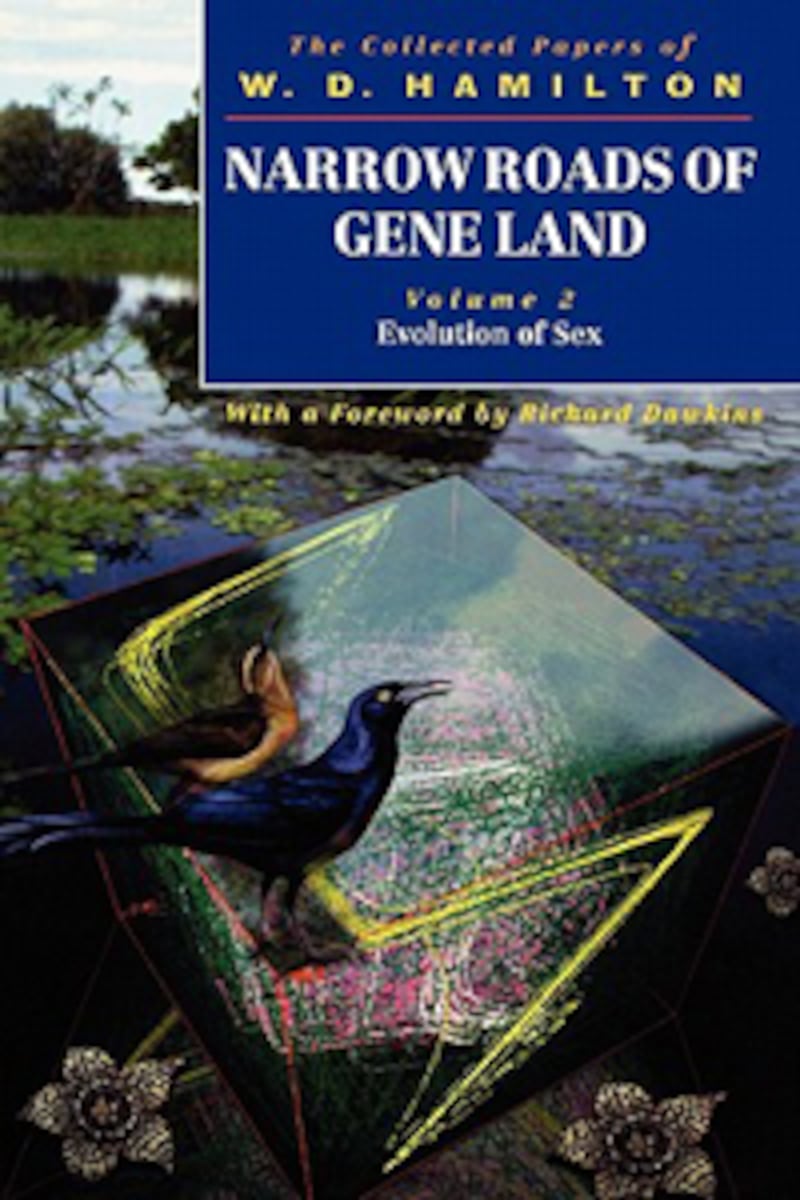
Hamilton was one of the most influential evolutionary theorists in the second half of the 20th century, and Narrow Roads to Gene Land is both a collection of his scientific papers and his autobiography. Volume one deals with what is today his most famous work, which includes insights into altruism, spite (the opposite of altruism, or when an organism harms another for no apparent benefit), sex, and aging. Woven in these papers, Dawkins says, is Hamilton’s description of “his intensely lonely life as a graduate student, when he was unappreciated, unrecognized, and way ahead of his time—this very shy, lonely young man writing these brilliant papers which became recognized as brilliant not until 10 years later.” The second volume goes from 1980 to 1991 and focuses on Hamilton’s research into the way parasites and diseases prompted the evolution of sex. The third and final volume, published after Hamilton’s death and written partly by his colleagues, is more far-ranging, covering topics like Gaia theory, autumn leaves, and his reasons for wanting his body to be taken into the Amazon and devoured by the Coprophanaeus beetles he’d studied. “This is a remarkable book,” says Dawkins. “It’s a unique form of autobiography.”

